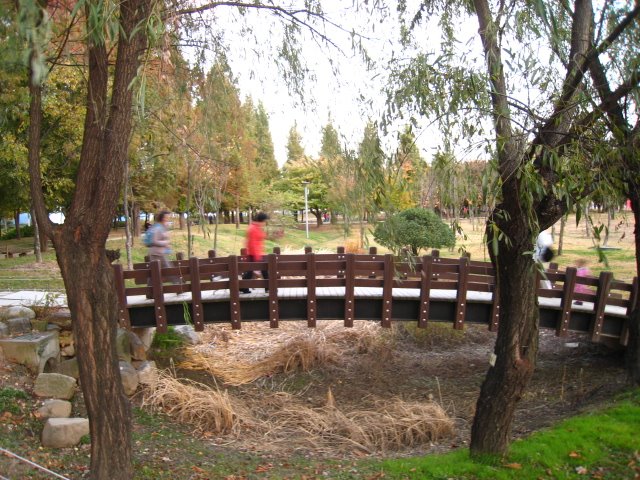With my coming move to Japan comes a new lexicon of language that I have to master. First up, because of my current guest house search, is the ubiquitous tatami mat along with the arcane symbols of rooms such as 1R, 1LDK, and so on and so on.
Here’s a few photos to help you and me figure out the madness in a search for suitable accommodations. I hope it helps! The above 1R can be considered comprable to the studios back home. It’s an everything in one room deal.
Please note that as the letters and numbers increase so do the prices.
Rooms are measured in terms of the number of Tatami mats. According to the infamous Wikipedia:
There are rules concerning the number and layout of tatami mats; an inauspicious layout is said to bring bad fortune. In homes, the mats must not be laid in a grid pattern, and in any layout there is never a point where the corners of three or four mats touch.
In Japan, the size of a room is typically measured by the number of tatami mats (-畳 -jō). The traditional dimensions of the mats were fixed at 90 cm by 180 cm (1.62 square meters) by 5 cm (35.5 in by 71 in by 2 in). Half mats, 90 cm by 90 cm (35.5 in by 35.5 in) are also made. Shops were traditionally designed to be 5½ mats (8.91 m2), and tea rooms are frequently 4½ mats (7.29 m2). Because the size is fixed, rooms in traditional Japanese construction measure in multiples of 90 cm. Mats from Kyoto (Kyōma tatami) and other parts of western Japan are slightly larger than those from Tokyo and eastern Japan at 95.5 cm by 191 cm (1.82 m2; 37.6 in by 75.2 in).




Hey Joy,I just updated the post to be more informative. Sadly, I don’t think I’ll be able to afford a two room when I get to Japan in March, but there’s always hope!
What is the relation of room numbers / size to how much you pay? I live in 1 roomer now….you spoiled people with your 2 rooms…pfff(jk)